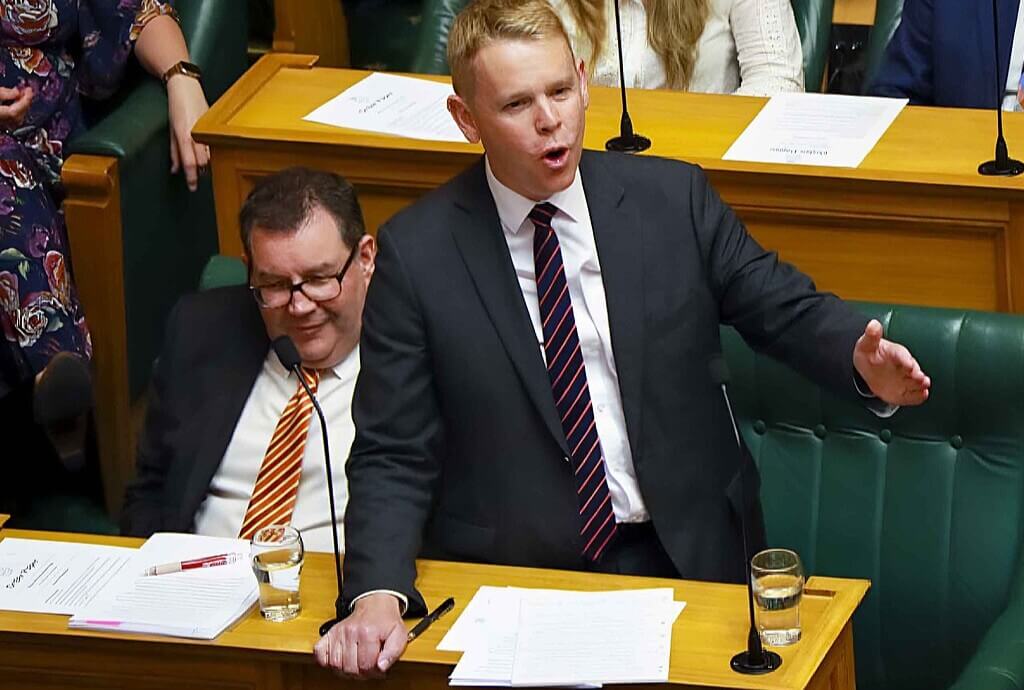In brief
- To become an MP you have to either win the district vote or be appointed from a list based on the separate party vote.
- List MPs occur only if their party vote is higher (but subject to a minimum) than their district seat count.
- The value of your vote can be increased by supporting aligned parties.
30 years of MMP
The method of voting in general elections in New Zealand is a Mixed Member Proportional (MMP) system. MMP was introduced in 1996 after a binding referendum in 1993 was held to replace the First Past the Post (FPP) system.
How MMP works
Each voter receives two completely separate votes. The party vote for party affiliation, for “list” seats, is tallied nationally. The electorate vote is for the individual running in the district. The greatest number of votes wins the district and those votes are not counted in the party vote.
List seats are awarded to give the party the same overall percentage of the seats as its party vote. But this is subject to having received a minimum 5% of the party vote nationwide or otherwise winning a district seat.
For example, if an MP from Party X wins a seat, and Party X wins 3% of the party vote nationally, Party X will be allotted list seats so it has about 3% of the seats overall. Without winning a district, a party needs 5% overall to get the list seats.
Occasionally a party may win more district seats than its proportion of the party vote. In those instances the party does not get list seats, but keeps all its district seats. After the party seats are awarded this ends up with extra seats, over the usual 120, that are called ‘overhang seats’.
Māori electorates
Of the 120 seats in New Zealand’s House of Representatives, 72 are for elected MPs and the rest are for list MPs. Of the 72 electorate seats, currently seven are designated as Māori electorates. Only those who declare they are of Māori descent may vote in Māori electorates. However, anyone can contest Māori seats provided they meet the criteria.
The relatively fewer Māori electoral districts are superimposed geographically over the general electorates and are therefore much larger.
The number of Māori electorates are generally determined every five years based on the population census and the Māori Electoral Option. That allows Māori to decide which electoral roll they wish to be included on.
Each party can run a candidate for the Māori seats so there doesn’t seem to be a significant advantage to Māori with these seats.
Increasing your vote’s impact in an MMP system
If it looks like a group of parties will form the government, voters may try to increase their voting impact. This requires using their party vote for a smaller party from the group, while using their district vote for the person most likely to win from the group of parties. That way, the smaller party has a greater chance to cross the 5% threshold nationally and end up with what are actually extra seats for the group of parties. In contrast, giving your party vote to the major party in your group might not end up in them receiving any extra list seats, since they already have their percentage through the district seats.



















